Skyscrapers stand as iconic representations of contemporary urban development and technological progress throughout North America. These architectural marvels signify not only economic growth and urban density but also reflect the boundless ambitions of humanity.
Dominating the skylines of major cities across the continent, these structures define the cityscapes and provide distinctive identities to bustling metropolises. Cities such as New York City, Toronto, and Florida employ these innovative designs to project influence that extends far beyond their towering heights.
Skyscrapers are typically defined by their extraordinary height and groundbreaking engineering achievements. These architectural wonders incorporate cutting-edge materials like steel, glass, and concrete, providing versatile spaces that encompass various functions, from residential living to hotels and office spaces. Architects worldwide consistently challenge the limits of architectural innovation, design aesthetics, sustainability, and practicality when conceiving these structures. These buildings enable architects to reimagine land utilization, offering innovative solutions for densely populated urban environments.
ODA / Mixed-Use Tower in South Florida
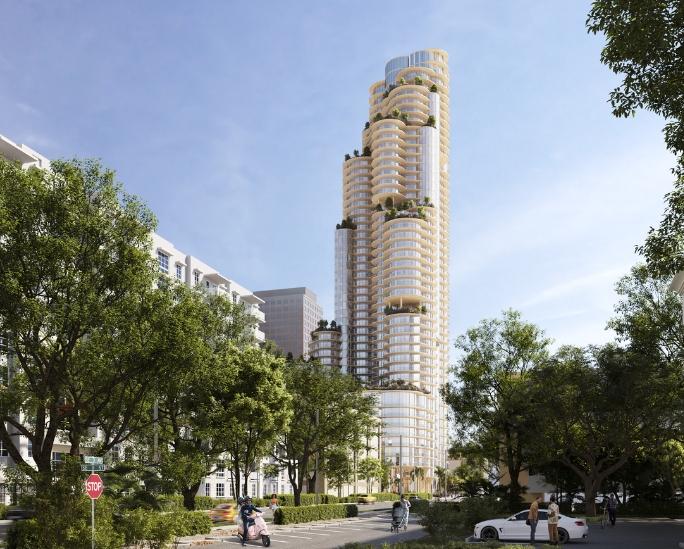
Encompassing 47 stories, this tower features a total of 830 residential units and studios, in addition to generous commercial and amenity spaces spanning 13,000 square feet. Situated to the south of the New River in the Rio Vista neighborhood, its purpose is to invigorate the local vicinity. A spacious corner plaza is seamlessly integrated at street level, facilitating public activities on lower floors and establishing a communal area for the neighboring community.
Álvaro Siza / Skyscraper in New York City, 611 West 56th Street
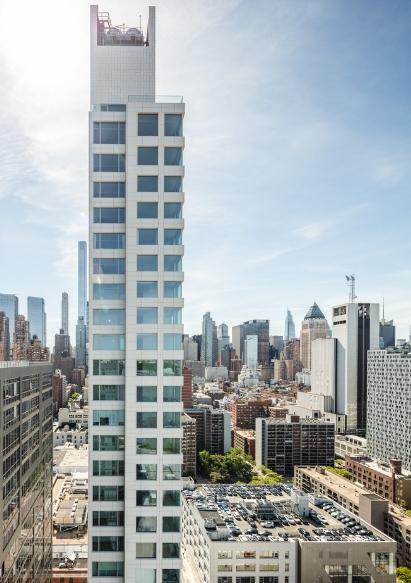
Conceived by the renowned Pritzker Prize laureate, this skyscraper in New York stands at a towering height of 137 meters, encompassing 35 floors. Situated within the iconic Hell’s Kitchen neighborhood in Midtown, the design revolves around creating a residential haven. The development comprises 77 residential units, spanning from one-bedroom to four-bedroom apartments, along with luxurious full-floor apartments and penthouses. The exterior is adorned with limestone cladding that harmoniously integrates with expansive horizontal windows, offering panoramic views of the surrounding neighborhood.
BIG / Spiral Skyscraper in New York City
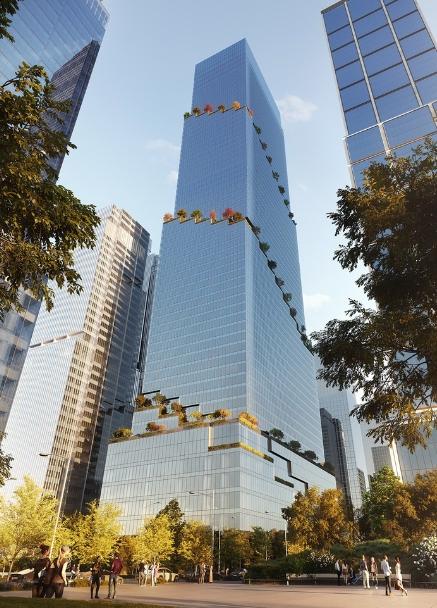
Crafted by the architectural prowess of Bjarke Ingels Group, the freshly unveiled Spiral Skyscraper in New York City’s Hudson Yards soars to a remarkable 66 stories. Reaching a staggering height exceeding 1,000 feet, the skyscraper introduces a captivating design replete with cascading stepped terraces and lush landscapes enveloping the structure from every angle. Envisioned primarily as an office complex, the tower boasts retail and commercial areas at its base. Furthermore, the Spiral Skyscraper embraces the concept of outdoor living, offering occupants access to interconnected atriums that create an inviting network of open spaces.
Herzog & de Meuron / Toronto Tower
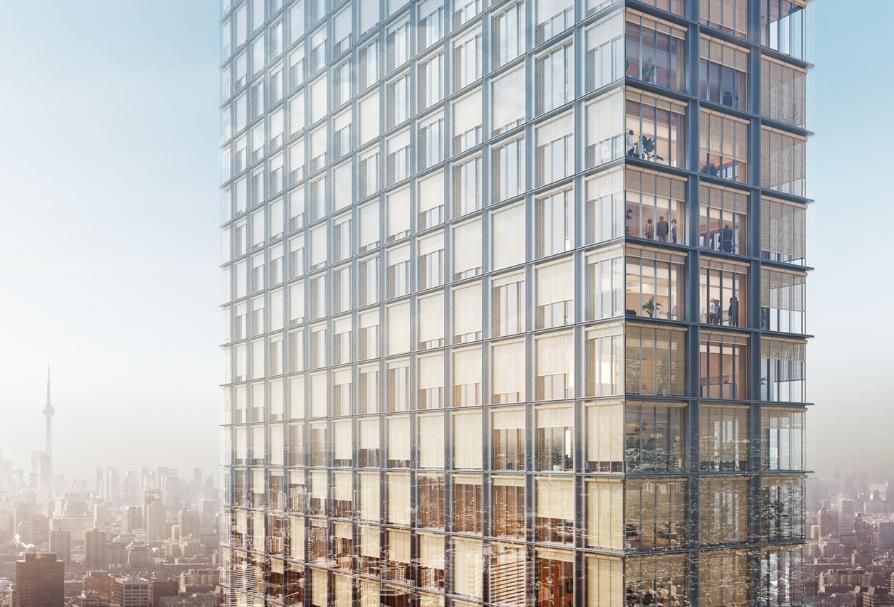
Ascending to a soaring height of 1,063 feet, this skyscraper situated in Toronto is poised to claim the title of Canada’s tallest residential edifice. Embracing a multifaceted approach, the tower allots 16 of its 64 floors for a blend of office and retail spaces. At its pinnacle, a captivating sky lounge and restaurant offer panoramic vistas of the urban landscape. Nestled within the vibrant Yorkville neighborhood, the structure strategically harnesses its layout to optimize usable floor space while affording commanding vistas towards the city’s eastern expanse.
Arquitectónica / Florida Commercial Building
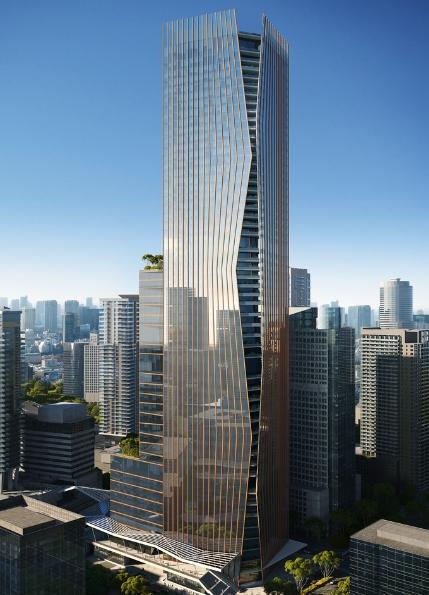
Envisioned as a towering presence that will reach a staggering height of 1,000 feet, One Brickell City Center is poised to ascend as the tallest commercial edifice in Florida. Anchoring itself within Miami’s vibrant financial district, this structure is meticulously crafted to serve as a cornerstone of a mixed-use development endeavor. By channeling its design towards Miami’s burgeoning identity as a nexus of commerce, finance, and technology on the global stage, the tower is a testament to the city’s ambitions. Spanning across an expansive 1.5 million square feet, the project seamlessly blends office spaces and amenities, while strategically offering unobstructed vistas that encompass both the boundless ocean expanse and the dynamic panorama of Downtown Miami.
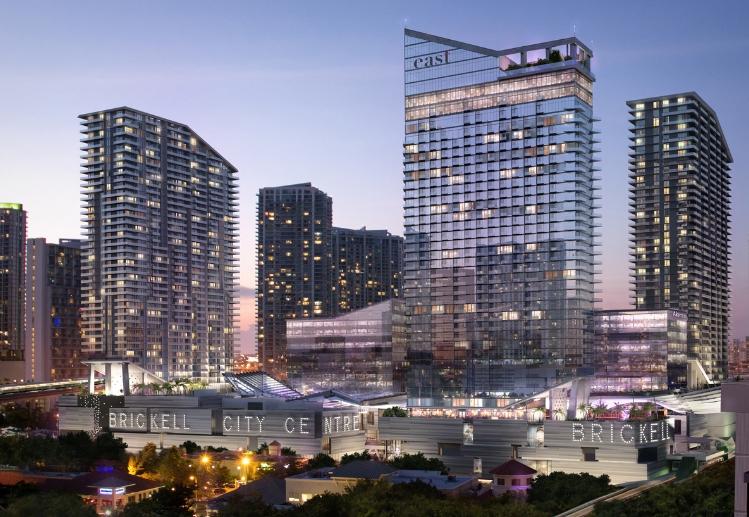
To sum up, skyscrapers across North America stand as powerful symbols of advancement and creativity. These architectural marvels encapsulate the essence of contemporary society and its achievements. The cityscapes of New York, Toronto, and South Florida are undergoing transformative shifts, driven by these remarkable structures that are forging the path forward for these urban centers. Every architect approaches their designs with unique challenges, carefully navigating the utilization of materials for various purposes and seamlessly weaving these towering creations into the intricate tapestry of the surrounding cityscape.
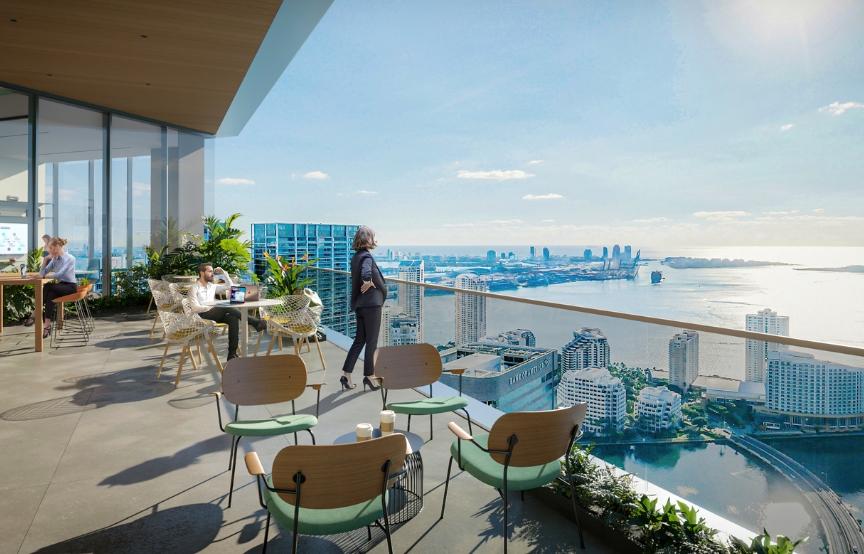
The mentioned five skyscrapers exemplify the ongoing architectural progression in North America. Ranging from residential ventures such as Álvaro Siza’s tower in New York City to the innovative Spiral concept in Hudson Yards by BIG, each building is a response to the present requirements of its inhabitants. Nevertheless, crafting these structures amidst an economic upswing can pose challenges, resulting in significant shadows and localized climates within an already chilly locale. Additionally, these towers have the potential to exacerbate gentrification, leading to increased property prices and the displacement of lower-income communities.

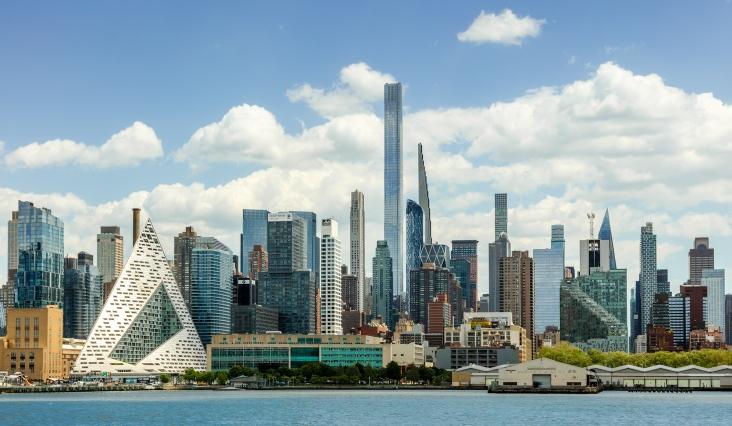

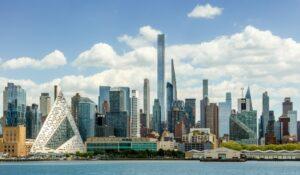


More Stories
Canadian Companies Embrace the 4-Day Work Week: Discover the Reasons Behind the Shift
Subaru will not be able to build electric cars in America due to high salaries at McDonald’s
The U.S. has handed down its first real verdict in the January Capitol assault case